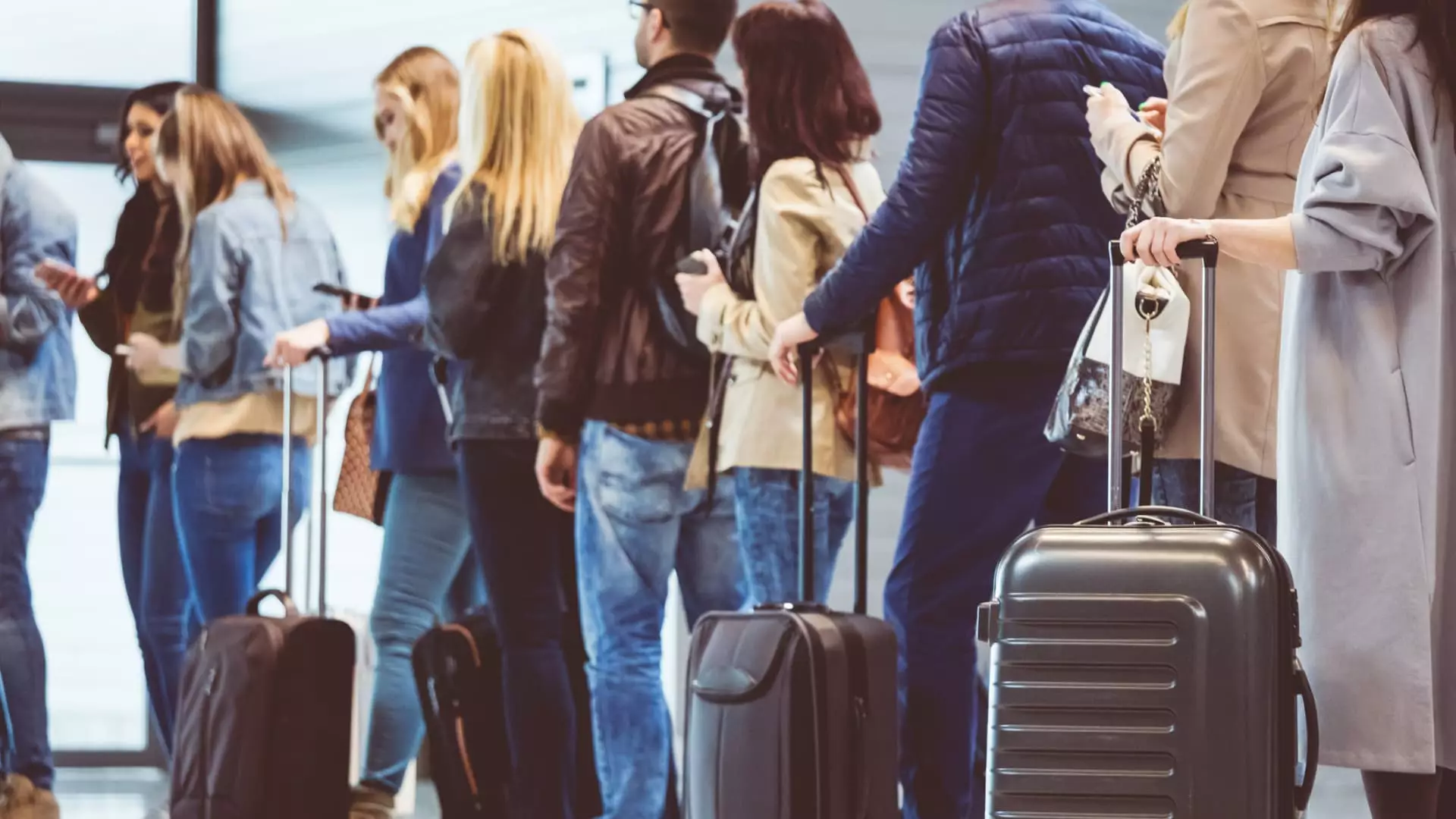Despite the tumultuous past years, the aviation industry continues to demonstrate remarkable resilience. Atlanta’s Hartsfield-Jackson airport, once again crowned the world’s busiest, epitomizes this comeback. Processing over 108 million passengers in 2024, it not only reaffirms its dominance but also highlights the shifting landscape of global air travel. Although a slight decline from pre-pandemic figures, this milestone underscores an industry that’s rapidly rebounding, showcasing the unwavering demand for air mobility.
However, what’s most eye-catching is the broader picture—global passenger numbers reaching 9.4 billion, marking an 8.4% increase over 2023 and surpassing 2019 levels by 2.7%. This surge suggests that despite economic and geopolitical headwinds, our world’s fascination with exploration and connection remains unshaken. These numbers aren’t mere statistics; they reflect the collective human desire to travel, discover, and maintain bonds across borders, overcoming the barriers imposed by recent crises.
The positioning of airports around the globe signals a shifting power dynamic within the aviation sector. Middle Eastern giants like Dubai remain at the forefront, capitalizing on their strategic locations and expansive international connections. Meanwhile, American hubs like Dallas/Fort Worth and Atlanta continue their upward trajectory, indicating that the U.S. has regained its status as an aviation powerhouse. Japan’s Tokyo and European centers such as London and Paris also demonstrate resilience, consolidating their importance as international gateways.
International and Domestic: A Tale of Divergent Recovery
Examining the dual rankings—total passengers versus international flows—reveals nuanced recovery patterns. Dubai’s dominance in international arrivals with over 92 million underscores the relentless appeal of global connectivity. Conversely, some airports still lag behind pre-pandemic numbers, illustrating uneven recovery. Notably, airports like Los Angeles and Beijing have yet to reach their 2019 passenger counts, with some experiencing declines of over 30%. These disparities highlight the complexities of reopening borders, restoring confidence, and navigating ongoing geopolitical tensions.
The inclusion of Chinese airports in the top 20 after a prolonged absence signals a narrative of reopening and renewed activity in Asia’s largest economy. Their resurgence hints at a broader trend: international travel is gradually rebounding, but not uniformly. Countries with closed borders, stringent travel restrictions, or lingering economic uncertainties will continue to face hurdles, and airports within these regions will need innovative strategies to stimulate their traffic.
Beyond geography, the industry must reckon with the shifting preferences of travelers. A noticeable delay in recovery for certain airports indicates that consumers are still cautious, and airlines are adapting routes and capacities accordingly. The fact that some airports are processing nearly their pre-pandemic passenger numbers while others lag considerably starkly illustrates that the road to normalization is uneven and fraught with challenges.
Complex Challenges and Opportunities Ahead
Looking forward, the projections for 2025—anticipating passenger traffic approaching 9.9 billion—are ambitious, yet they hinge on a spectrum of unpredictable factors. Economic instability, geopolitical tensions, and supply chain disruptions in aircraft manufacturing threaten to impede growth, emphasizing that the aviation sector’s recovery isn’t guaranteed. Nonetheless, the resilience witnessed thus far provides a foundation for optimism; the industry appears geared to adapt and evolve.
Airports are increasingly becoming hubs of innovation, driven by a need for efficiency and enhanced traveler experience amid ongoing challenges. Enhanced passenger safety protocols, digital transformation, and sustainable practices will be pivotal in maintaining this momentum. The post-pandemic world demands that airports not only focus on traffic volume but also on quality, safety, and sustainability to attract and retain passengers.
In the end, the airport rankings tell a story of resilience, adaptability, and the indomitable human spirit. The skies may still be marred by turbulence, but they are also filled with the promise of renewed exploration and connection. As the world navigates the complexities ahead, the lessons learned from 2024 will shape a more resilient, innovative, and inclusive future for global air travel.


Leave a Reply